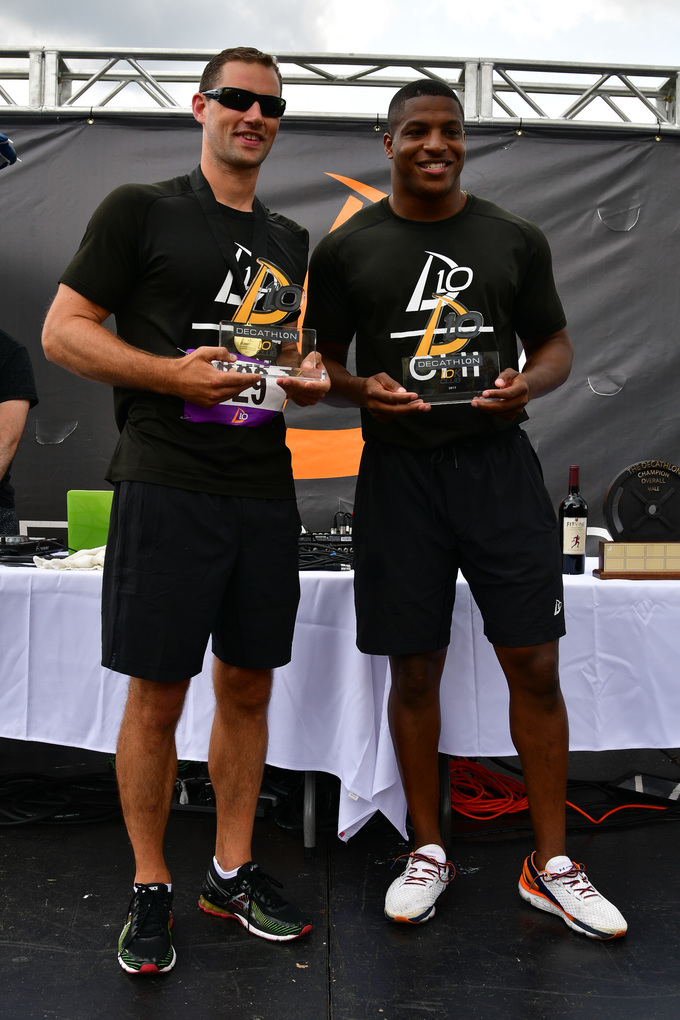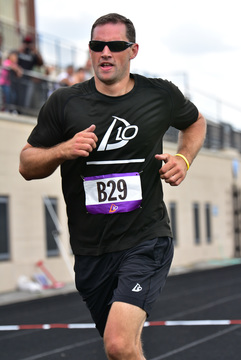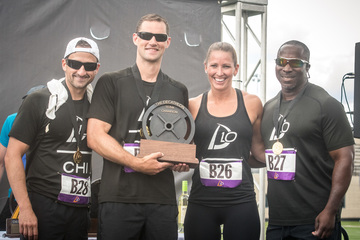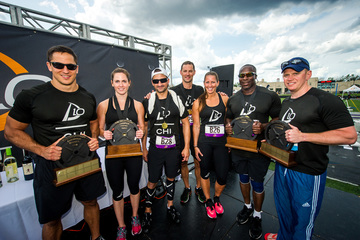Fundraising Masterclass: The Customization Approach
October 19, 2018
 Tom Rowland, Managing Director at GCM Grosvenor in Chicago, has led Team Glory Days to back-to-back team fundraising titles, with $30,000 raised for Rush University Medical Center each of the last two years.
Tom Rowland, Managing Director at GCM Grosvenor in Chicago, has led Team Glory Days to back-to-back team fundraising titles, with $30,000 raised for Rush University Medical Center each of the last two years.
He recently shared his top five tips for taking your D10 fundraising to the next level.
CUSTOMIZE YOUR MESSAGE
Customize your approach for each of your different network groups. Some of your network may not be as interested in the athletic side of the competition and and will just prefer to support you and a great cause financially. For others, the physical challenge of the event may be the main appeal. Try to know whom you are marketing to and tailor the message to appeal to their particular interests.
I try break down my contact list into groups of 15 or 20 max: people I work with, people I work out with, friends from high school, et cetera. If you make it anecdotal and relatable to each particular group, people feel more of a connection...that they’re helping drive you toward a personal goal that’s difficult to reach.
There’s another benefit in taking the extra time to customize the message to smaller groups. The more people you blast an email to, the more likely it is to get flagged as spam, and smaller lists seem to get through the firewalls more effectively.

START EARLY
I try and get my first note out at least three months in advance of the event. When people learn about The D10, a lot of times they want to participate. Beginning the communication early gives you an opportunity not only to raise money, but also potentially recruit additional competitors with enough time for them to start training.
Starting your fundraising campaign early also gives you opportunities to follow up. People won’t necessarily feel the urgency the first time they read the email. People’s lives are busy, and many times they have interest in supporting you, but just require some soft reminders to bring it back to the top of their minds as the event approaches. If you’re casting a wide net, hitting all your networks as proactively as you can, don’t be afraid to follow up after some time has passed.

THE IMPORTANCE OF COURTESY
I keep a spreadsheet listing everyone I’ve contacted, when I reached out to them, and whether they’ve donated or not. Once I’ve received a donation, I make sure to take them off my distribution list for any future solicitation correspondence. I believe it’s also important to personally recognize and acknowledge the donations as they come in. As soon as I get the donation confirmation email from The D10, I’ll forward it to my donor with a short note, so they experience that instant recognition. For the bigger donations, I always write handwritten thank you notes.

THINK OUTSIDE THE BOX
If you’ve got friends who are entrepreneurs, you can do creative things to combine your networks and your incentives. My wife helped organize an event this year with one of her friends who is a representative for a women’s fashion business. We hosted a party at our house, and they put their handbags and jewelry on display for sale, with a portion of the proceeds from the event going to our D10 fundraising. It not only raised money, but helped raise awareness for the event with folks that might not otherwise have known about it. The more people you talk to about The D10, the more you expand your circles and the more you can grow your networking capabilities.
GO BACK A GENERATION
It might seem obvious as a D10 athlete to ask your parents for support. What’s less obvious is that you can have a lot of success networking with your parents’ friends. The direct support of your family and close friends is key to a successful fundraising effort, but using them as amplifiers to connect with their circle of networks can provide exponential growth in your fundraising efforts.
Most importantly, don’t be afraid to make the ask!
People generally love to support a worthy cause. What’s the worst that can happen?